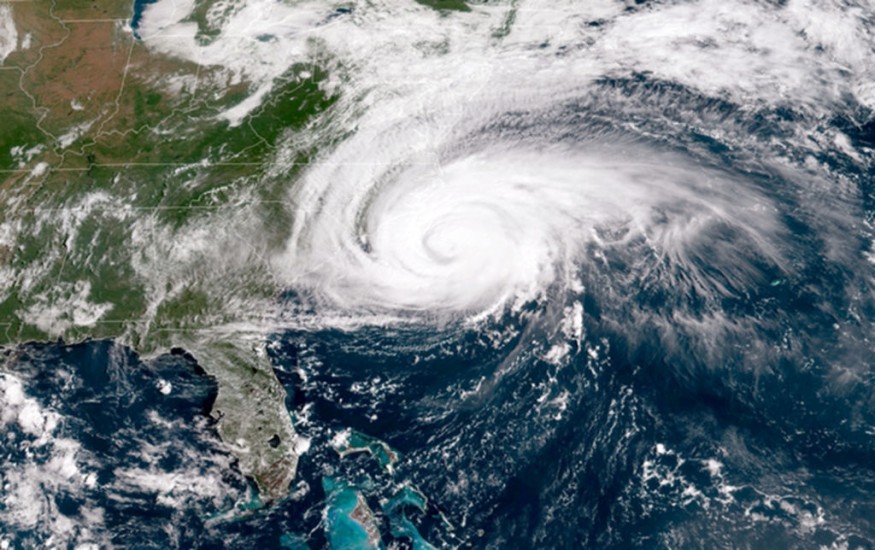A potent storm system over the Atlantic Ocean, off the East Coast of the United States, is reportedly possible to develop into a tropical depression or a low-pressure area (LPA), which can affect coastal areas from New York to Florida in the coming days.
The said system may arrive a few weeks before the official start of the US Atlantic hurricane season, which has been estimated by meteorological authorities to start next month.
Even before the storm season, adverse coastal conditions, including heavy rain, are likely from the approaching system.
Potent Storm System

AccuWeather meteorologists have issued a weather forecast for this coming week that the same storm system responsible for soaking some parts of the central Appalachians and mid-Atlantic region for several days could develop into the first name tropical depression or coast low of the country's 2022 Atlantic hurricane season.
Based on the forecast, the slow-moving storm system can bring torrential rain from the Midwest to the mid-Atlantic coast later this coming week and into the weekend.
During that time, AccuWeather forecasters indicate there can be beach erosion and coastal flooding in the coastal Atlantic.
Between Thursday and Saturday, May 12 and May 14, the forecasters predict a coastal low may cause above-average water temperatures, strong wind shear, and the potential formation of a sub-tropical depression.
Potential Dangers
Areas along the Eastern Seaboard, coastal New York to Virginia and the Carolinas, Georgia, to northeastern Florida can be prone to coastal flooding and prolonged incidents of onshore winds and above-normal tides.
In particular, these coastal threats have been forecasted to affect the following: Norfolk, Virginia; Wildwood, New Jersey; Nags Head, North Carolina; and Charleston, South Carolina.
Recurring strong rip currents are reportedly possible along with the coastal areas.
Any formed storm can either be named or not by US weather authorities.
There were no immediate reports that the storm system can reach a hurricane-level category. If it does, it would be the first hurricane to have hit the US this year.
Pre-Season Storm
The Atlantic hurricane season officially starts on June 1 and lasts until November 30 each year.
The National Hurricane Center has chosen this six-month period since it is responsible for 97% of all tropical storms and hurricanes in the Atlantic, according to the Hurricane Research Division of the National Oceanic and Atmospheric Administration (NOAA), as cited by Fox Weather news.
In the past, there have been related cases of pre-season developments in the Atlantic.
In May 2021, Tropical Storm Ana formed over the Atlantic Ocean. In January 2016, storm Alex developed north of the Bahamas and became the first Atlantic hurricane as early as the first month of the year since the storm Alice in 1955, according to AccuWeather.
In the countries surrounding the Atlantic Ocean, a formed storm over the said body of water is called a hurricane with wind speeds that can reach at least 74 miles (119 kilometers) per hour, as per National Geographic.
Satellite images and other meteorological equipment characterize hurricanes and their counterparts cyclones that formed over the Indian Ocean and typhoons in the western Pacific Ocean as a rotating weather system, which produces heavy rain, strong winds, and even thunderstorms.
© 2026 NatureWorldNews.com All rights reserved. Do not reproduce without permission.





